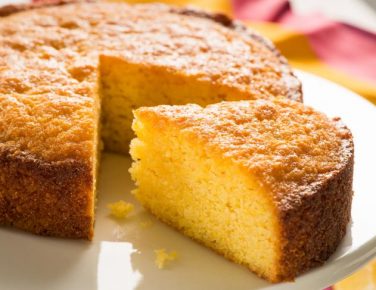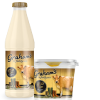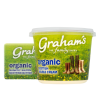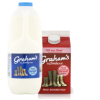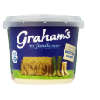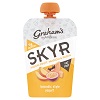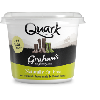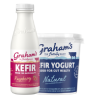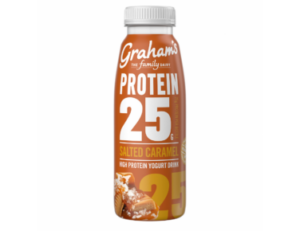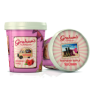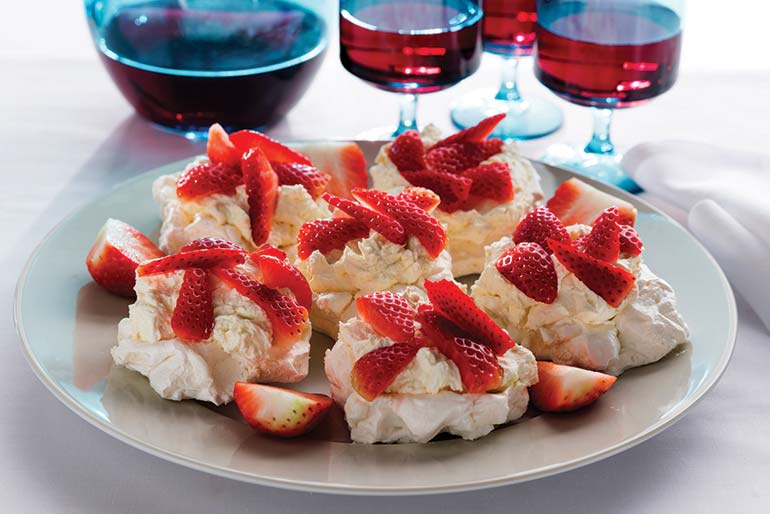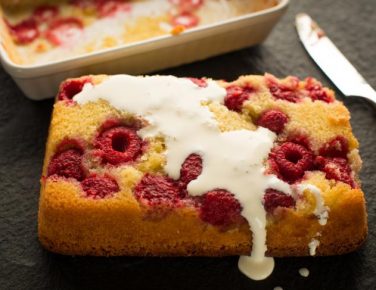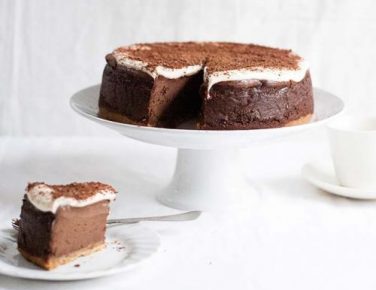Step 1
First, preheat your oven to 120C/100C fan/Gas ½ and line a baking tray with non-stick greaseproof paper (baking paper).
Step 2
Clean a large glass, metal or earthenware bowl and then dry thoroughly with kitchen roll or a fresh tea towel – this is to make sure there’s no fat left in it.
Step 3
Separate your eggs, placing the whites into your big bowl. A good, easy way to do this is to crack the egg and let the white drain through your fingers, catching the yolk in your hand. You can use the yolks to add richness to cakes, in brownies or as a really dark glaze.
Step 4
Using an electric whisk on its highest speed (make sure the beaters are clean and dry too), beat the egg whites – don’t stop for at least 3-4 minutes, until the whites are totally white and won’t get any bigger.
Step 5
In another bowl, weigh your sugar. Put your whisk back on its highest speed and add the sugar a teaspoon at a time, one after another. This slow addition ensures you don’t destroy the intricate structure you have built up and you get maximum aeration.
Step 6
Once all the sugar is in, keep beating for a minute, just to be sure. You definitely will be able to hold it above your head without it falling if you’ve done it right – these are ‘stiff peaks’.
Step 7
Spoon the meringue mixture onto your baking tray in 12 little clumps – you can swirl with your spoon for a nice peak. Place the tray in the oven and bake them for at least an hour and a half, checking after an hour and turning the oven down if they go brown.
Step 8
Leave the meringues to cool whilst you whip the cream – I like to do this by hand because it is very easy to overwhip with an electric whisk. Add any vanilla or sugar at the start, if preferred. This and all previous steps can be done in advance if preferred.
Step 9
Turn each meringue upside down and dollop some cream on top. Arrange some chopped strawberries on top and serve. Nom.
Top Tips:
- Make sure of a couple of things before you start: don’t use any plastic or silicon equipment. That’s bowls and whisks. These are nice and grippy, but trap fat molecules in them and thus stop the meringue from rising as much. Meringue must not come into contact with fat, including when baking. Therefore, use non-stick baking paper that doesn’t require any greasing.
- When separating the eggs, be as careful as you shouldn’t let ANY yolk in with the whites. If you do, don’t worry – just pick it out with a teaspoon. Make sure you get it all. The meringues will be runny, otherwise.
Enjoy!
